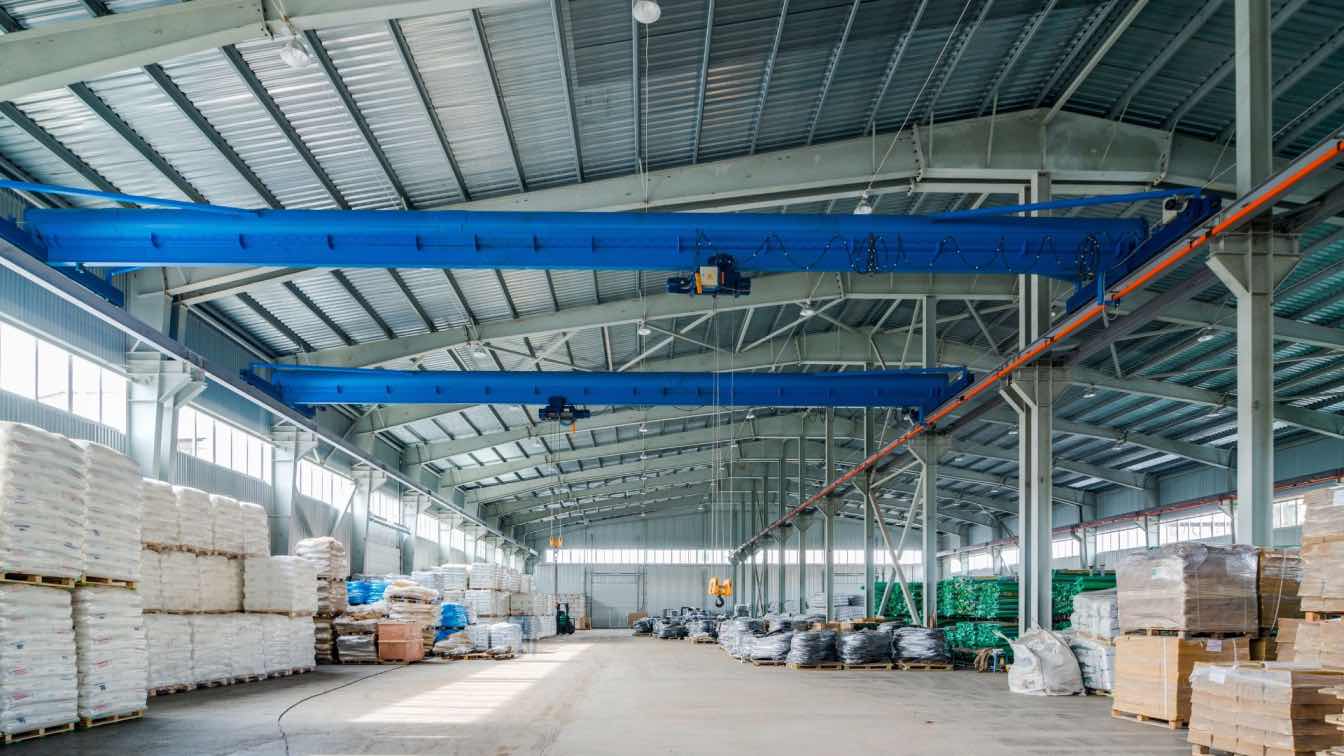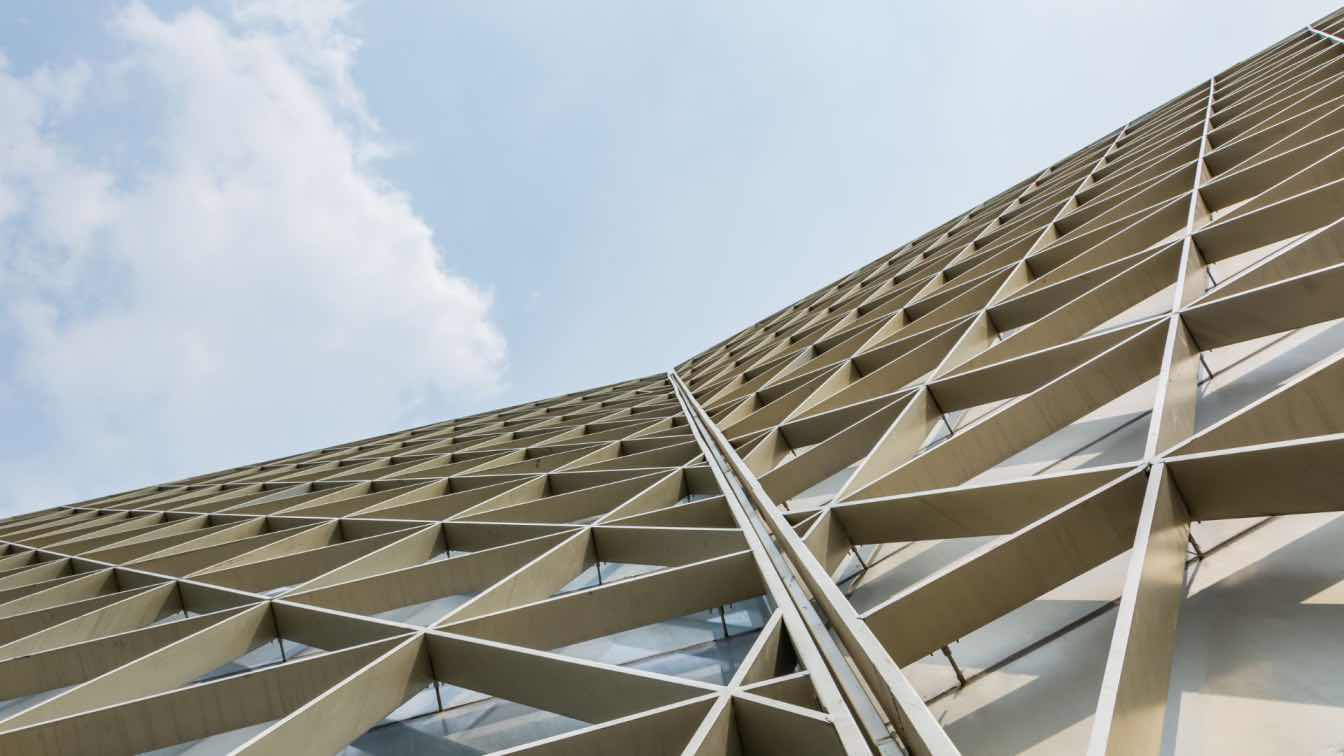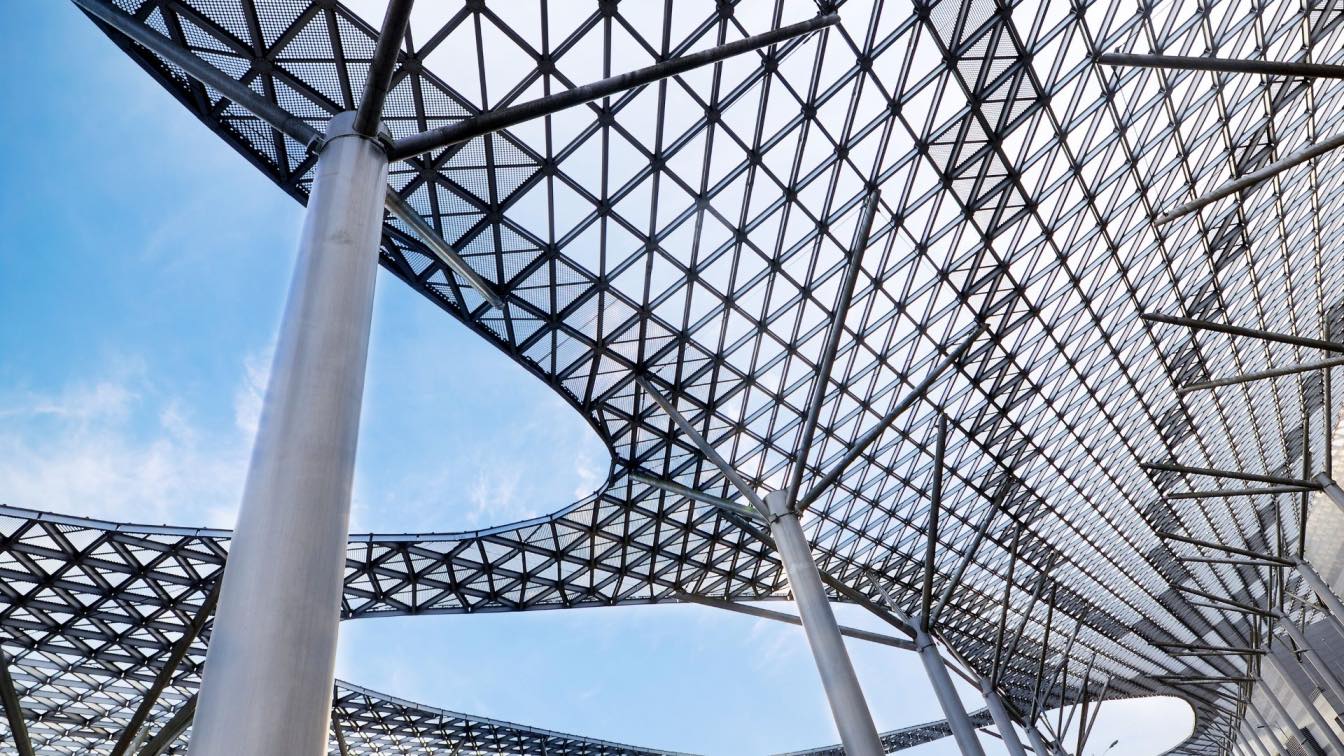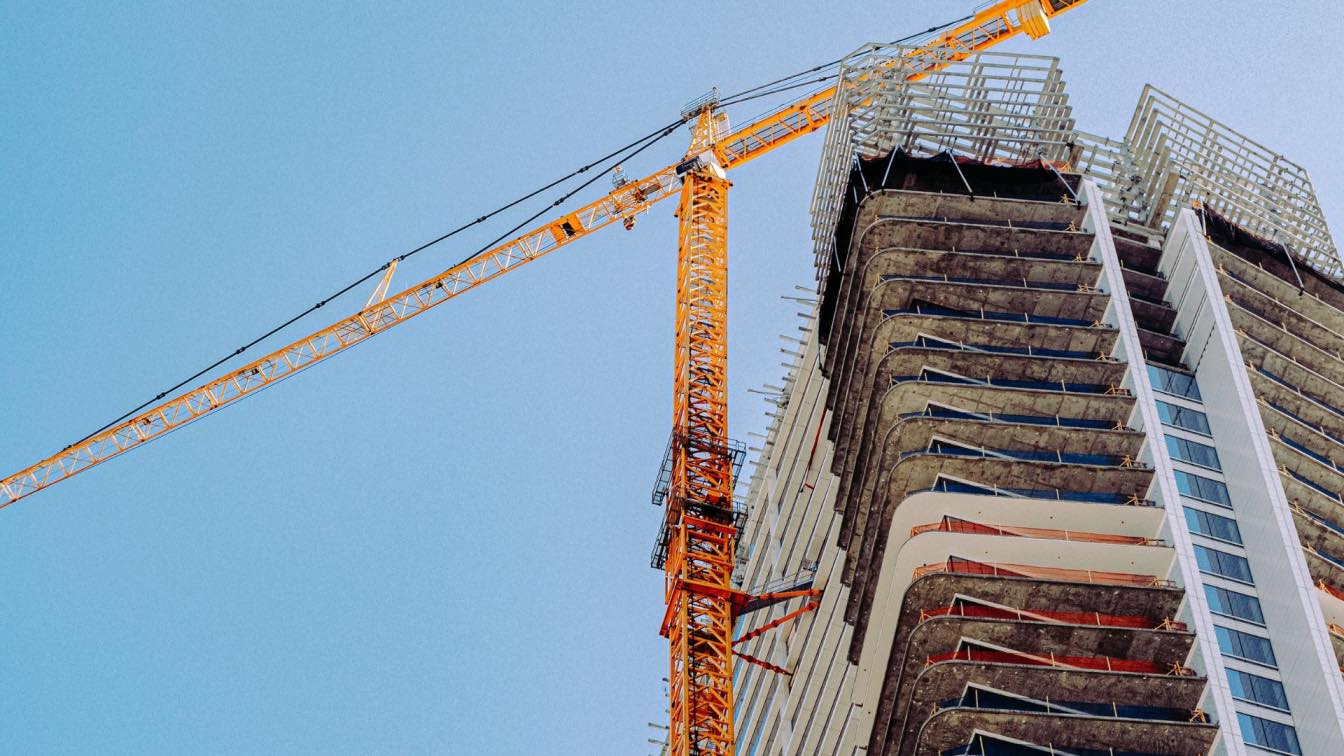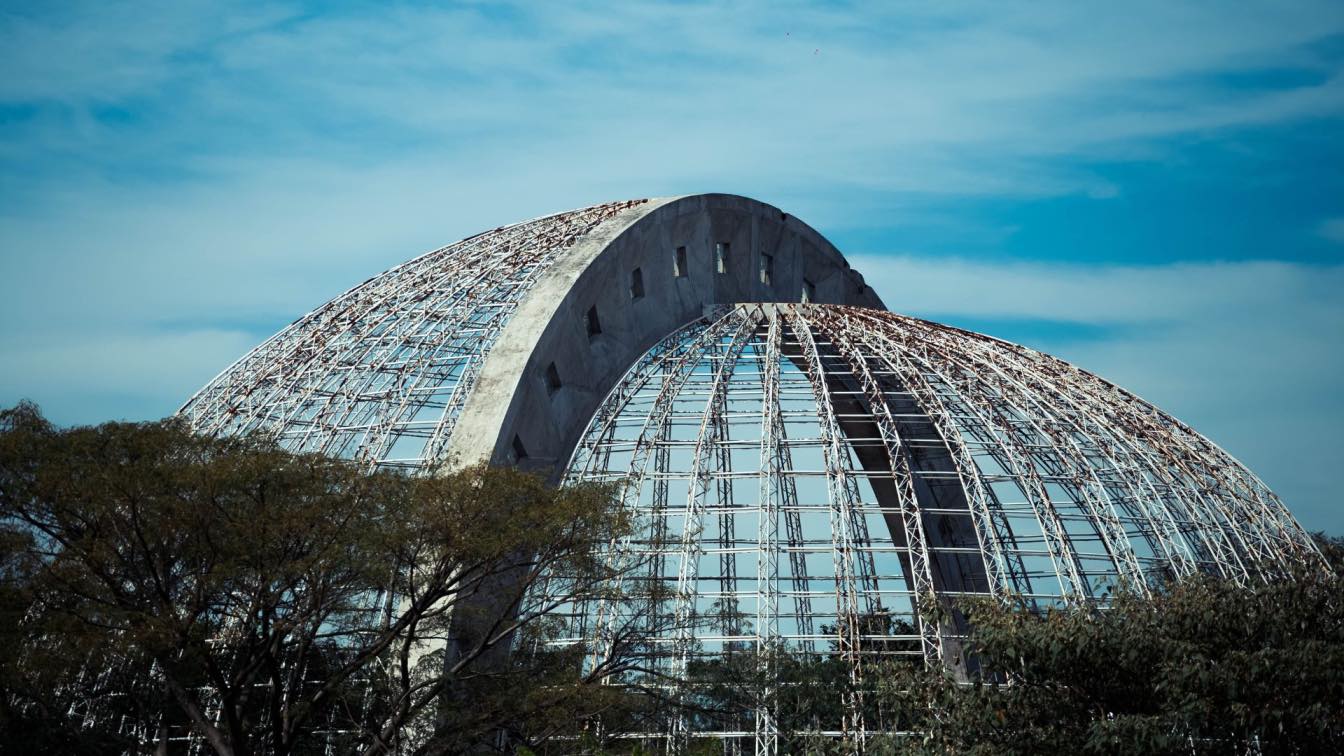Building a metal building warehouse is not just a technical task—it’s a comprehensive planning and future-proofing challenge. Careful demand analysis, material selection, structural design, layout planning, safety, and environmental measures—along with foresight for future expansion—must all be thoughtfully considered.
Written by
Liliana Alvarez
The story of steel in architecture is far from just a technical narrative; it's a dynamic, ongoing saga of innovation and imagination. As this material continues to shape the skylines, it does more than just provide support—it inspires architects to challenge the conventional limits of creativity and sustainability.
Photography
Pierre Châtel-Innocenti
Steel strengthens structures through its high strength-to-weight ratio, durability, tensile and compressive strength, and adaptability. Its numerous advantages, including versatility, speed of construction, environmental benefits, and fire resistance, make it an indispensable material in modern construction.
In the diverse and dynamic landscape, steel buildings have proven themselves as enduring structures that withstand the test of time. Their strength, rust resistance, low maintenance requirements, adaptability, and eco-friendly attributes make them a natural choice for a province that values longevity and sustainability.
Metal has become popular as a building element due to the constant need for more substantial, sustainable structures. This is closely related to their advantages over conventional materials like wood or concrete.
Photography
Ralph (Ravi) Kayden
For those looking to construct a steel building, the task can seem intimidating. The process of cutting and welding metal seems complex and difficult, and without prior knowledge, it might be hard to jump right in. But with the right preparation and guidance, constructing a steel building can be relatively easy - and even enjoyable!
Photography
Wallace Chuck

